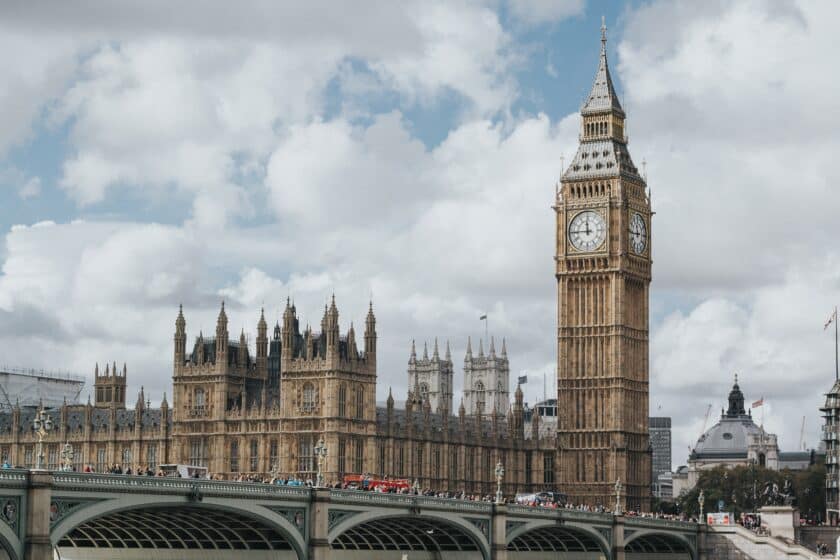Gary Smith, partner in financial planning and retirement specialist at Evelyn Partners, considers the pensions tax landscape post confirmation that the LTA will be abolished from April 2024 and in the light of a looming General Election.
The Lifetime Allowance until this April imposed a cap of £1,073,100 on the total amount of pension savings that could be accrued without being subject to tax charges of up to 55 per cent. In his Spring Budget Jeremy Hunt removed the tax charges, effectively removing the LTA, and said the limit would be scrapped altogether from April 2024. He also increased the tax-relieved amount that most people can save into their pension each year, the annual allowance, from £40,000 to £60,000 – although the highest earners are still subject to the restrictive tapered annual allowance.
The Finance Bill has now confirmed a number of changes that will take effect from April when the abolition of the LTA will be legally enshrined. There will be a cap of £268,275 (25 per cent of £1,073 million) on the amount you can withdraw as a tax-free lump sum from your pension. A cap of £1,073,100 will apply to lump sums passed on as an inheritance if you die before the age of 75, and any lump sums you have previously withdrawn from your pension will count towards this cap. Savings passed on over the limit could be subject to income tax.
Many savers have been eager to build their pension pots above the expired LTA since Hunt’s announcement in March, and the abolition hitting the statute books offers a bit more security, because it will then take further legislation to reverse the measures in the Finance Bill. For some savers, what we now know might be enough for them to go ahead and boost or resume their pension contributions, as some have done already since the Spring Budget.
Others, however, will have a cautious eye on the General Election that will almost certainly be held in 2024, given that Labour have suggested they will reverse in some way the lifting of the LTA. And here unfortunately lie several unknowns: if it does occur, what form would such a reversal take and what would the rules around it be?
For instance, while it is very unlikely that savers would be hit retrospectively for decisions they have taken since April 2023 to boost their pension savings, it’s not impossible. Will a reinstated LTA resume at the £1,073,100 level that it’s been retired at – or will it be higher, or lower? Will savers be allowed to apply for LTA protection, as they were when the policy was first introduced, and when the
limit was subsequently reduced in later years?
If there is a change of Government, the earliest we will get any clarity on these questions will be at the 2025 Spring Budget, and quite possibly a lot later than that. In the meantime, even if savers halt contributions they could see their pension pot grow well above the old LTA due to investment gains.
The very highest earners are in a tricky position when it comes to managing their pension pot, as the tapered annual allowance means that they could be limited to contributions of just £10,000 a year. That means if they hesitate to boost their savings because of uncertainty over an LTA comeback, they are losing the very precious small amounts that they are able to contribute each year.
In the meantime, the Finance Bill has provided some clarity. There will be transitional protection for those who have LTA protection, meaning they retain their rights to a higher tax-free cash allowance and a higher tax-free death benefit allowance on death prior to age 75.
Furthermore, those who have taken all their pension benefits may still be entitled to a higher amount of tax-free cash. However, these additional allowances may not be awarded automatically and need to be applied for prior to 6 April 2025.
Main image: marcin-nowak-iXqTqC-f6jI-unsplash




























